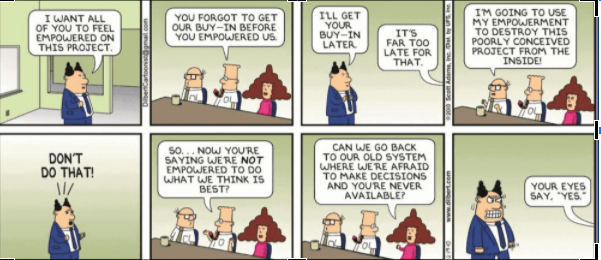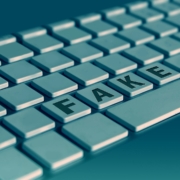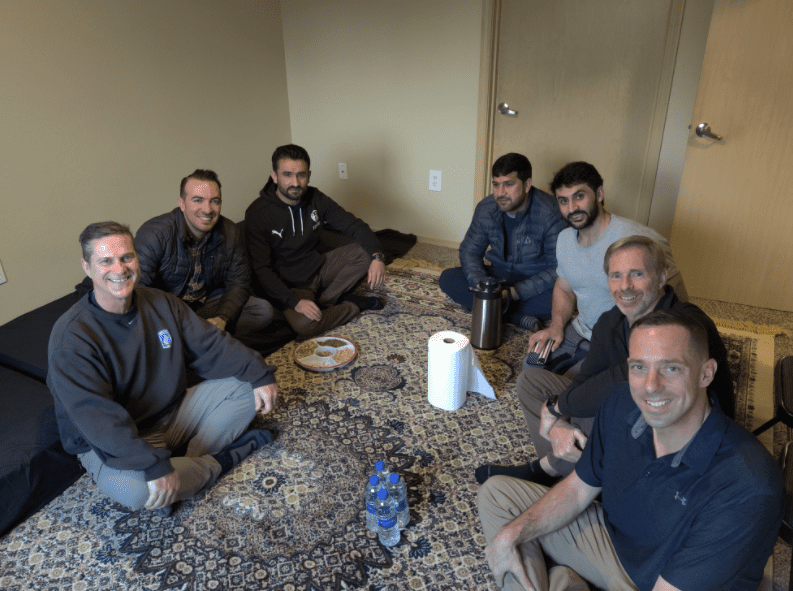Building Leaders with Chests: Chests requires Dynamic Learning from Theory, History, and Experience
People without Chests are easy Prey for the Demagogues who Pit People against each Other
“The head rules the belly through the chest,” C.S. Lewis tells us, but the belly will override the head if there’s no chest.
The metaphor is from Plato. The head => logic, the belly => emotion, and the chest => virtue. People “without chests” are viscerals, governed by emotion.
A century after Lewis and a couple of millennia after Plato, Nobel Prize winner Daniel Kahneman described two human thinking systems in his book Thinking … Fast and Slow. System 1 is the emotional, governed by the amygdala, that controls our fight or flight instincts. System 2, the analytic brain, is slower and requires more effort. You have to pay close attention when using System 2, and a threat or distraction allows System 1 to retake control.
People without chests are easy prey for the demagogues who pit people against each other. System 1 runs amok when people point to those who look, act, or think differently as an existential threat or source of evil. Restraint goes out the window when you are fighting Beelzebub.
Virtue has gone out of fashion, argues Roosevelt Montás in Rescuing Socrates, and I wonder if the absence of leaders with chests has contributed to the breakdown of our politics, corporate governance, civil society, and organizations. Only people without chests could think racism, revenge racism, misogyny, bigotry, fraud, deceit, and the like are ok as long as they advance your agenda. And yet, here we are.
Ancient Greco-Roman philosophers believed that following the four cardinal virtues — wisdom, justice, courage, and self-discipline — was essential for living the good life and having a healthy republic, army, business, or organization. Confucius and other ancient eastern thinkers wrote similarly. Practicing timeliness principles builds your chest so that your head can rule your belly.
Building leaders with chests requires learning from theory, history, and experience. You need the big ideas about fostering the common good, the history of effective and failed leaders so that you can learn from their successes and failures, and personal experience in the arena to put the chest into practice.
It’s easy to let the chest diminish. Apathy does the trick, and history shows the consequences.
Theory and history without experience put you in the ivory tower of impracticality, while theory and experience without history make you vulnerable to silly fads. Without theory, experience and history trap you in the hamster wheel of tactics without strategy.
Leaders with chests do what’s right, the right way, without you having to watch over them. Imagine the impact on your business when you have people committed to the common good who are doing the right things, taking the initiative, and innovating. Imagine the consequences of the opposite.
My mission is to help successful people like you gain new heights by being the best version of yourself and inspiring people to contribute their best and most authentic selves to your team’s success.
Accelerating your Success
Predictable unpredictability is a new reality. How will you help your clients thrive?
The Innovation Mindset is an 8-week mastermind that begins in February. We’ll examine the most important 2022 forecasts for implications to small business leaders, consultants, and experts. Each week, the group meets for 90-minutes to develop unique intellectual property that sets you apart from the pack (who’s always swinging behind the pitch) and gives you significant competitive advantages in serving your clients. Your investment will pay for itself in a single sale. I’m limiting the group to 8; the fee is $5500. Reply to this email to see if the program is a good fit for you.
The Trusted Adviser Program is my most intensive 1-on-1 program. Within 90 days, you’ll gain sustainable habits that create breakthrough success. You get personalized coaching and support, strict accountability, and commonsense action steps that get results so that you reach your goals more quickly and consistently. Soar to new heights here.




















